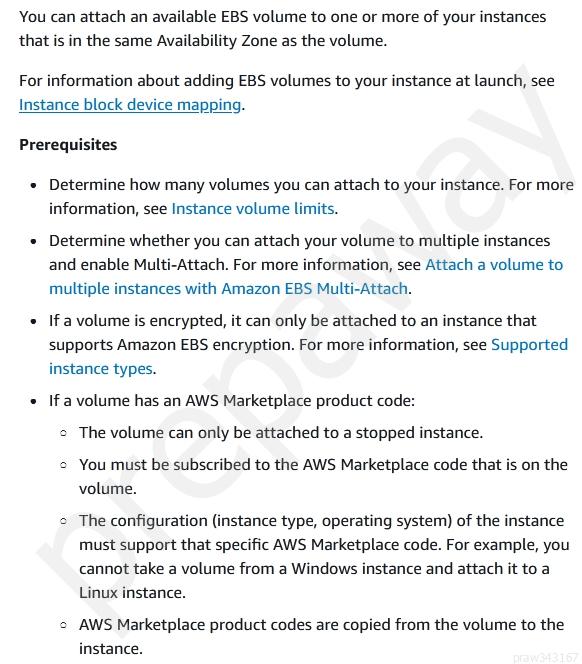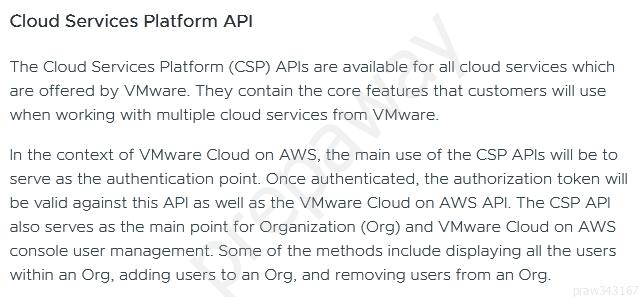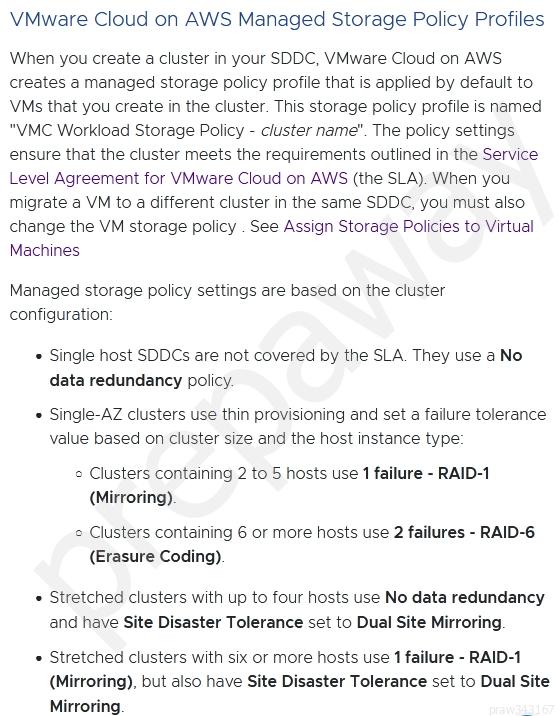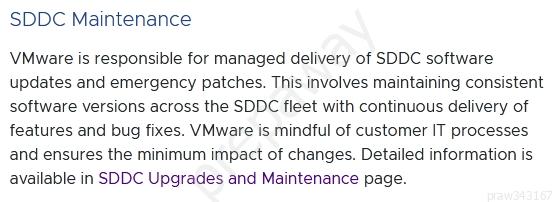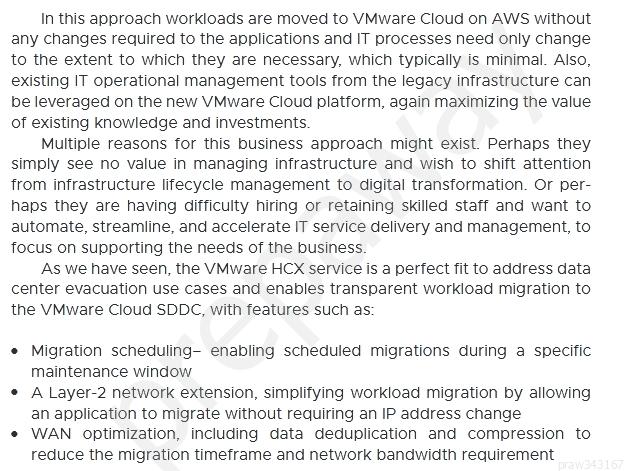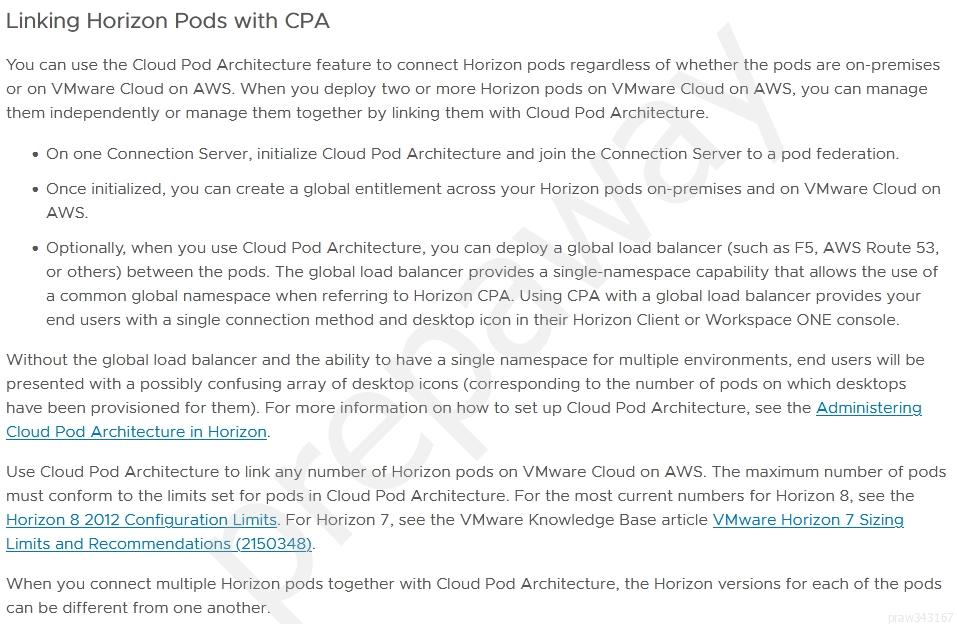Quiz
Quiz
Quiz
Quiz
Quiz
Quiz
Quiz
Quiz
Quiz
Quiz
VMware Cloud on AWS Master Specialist Practice test unlocks all online simulator questions
Thank you for choosing the free version of the VMware Cloud on AWS Master Specialist practice test! Further deepen your knowledge on VMware Simulator; by unlocking the full version of our VMware Cloud on AWS Master Specialist Simulator you will be able to take tests with over 65 constantly updated questions and easily pass your exam. 98% of people pass the exam in the first attempt after preparing with our 65 questions.
BUY NOWWhat to expect from our VMware Cloud on AWS Master Specialist practice tests and how to prepare for any exam?
The VMware Cloud on AWS Master Specialist Simulator Practice Tests are part of the VMware Database and are the best way to prepare for any VMware Cloud on AWS Master Specialist exam. The VMware Cloud on AWS Master Specialist practice tests consist of 65 questions and are written by experts to help you and prepare you to pass the exam on the first attempt. The VMware Cloud on AWS Master Specialist database includes questions from previous and other exams, which means you will be able to practice simulating past and future questions. Preparation with VMware Cloud on AWS Master Specialist Simulator will also give you an idea of the time it will take to complete each section of the VMware Cloud on AWS Master Specialist practice test . It is important to note that the VMware Cloud on AWS Master Specialist Simulator does not replace the classic VMware Cloud on AWS Master Specialist study guides; however, the Simulator provides valuable insights into what to expect and how much work needs to be done to prepare for the VMware Cloud on AWS Master Specialist exam.
BUY NOWVMware Cloud on AWS Master Specialist Practice test therefore represents an excellent tool to prepare for the actual exam together with our VMware practice test . Our VMware Cloud on AWS Master Specialist Simulator will help you assess your level of preparation and understand your strengths and weaknesses. Below you can read all the quizzes you will find in our VMware Cloud on AWS Master Specialist Simulator and how our unique VMware Cloud on AWS Master Specialist Database made up of real questions:
Info quiz:
- Quiz name:VMware Cloud on AWS Master Specialist
- Total number of questions:65
- Number of questions for the test:50
- Pass score:80%
You can prepare for the VMware Cloud on AWS Master Specialist exams with our mobile app. It is very easy to use and even works offline in case of network failure, with all the functions you need to study and practice with our VMware Cloud on AWS Master Specialist Simulator.
Use our Mobile App, available for both Android and iOS devices, with our VMware Cloud on AWS Master Specialist Simulator . You can use it anywhere and always remember that our mobile app is free and available on all stores.
Our Mobile App contains all VMware Cloud on AWS Master Specialist practice tests which consist of 65 questions and also provide study material to pass the final VMware Cloud on AWS Master Specialist exam with guaranteed success. Our VMware Cloud on AWS Master Specialist database contain hundreds of questions and VMware Tests related to VMware Cloud on AWS Master Specialist Exam. This way you can practice anywhere you want, even offline without the internet.
BUY NOW